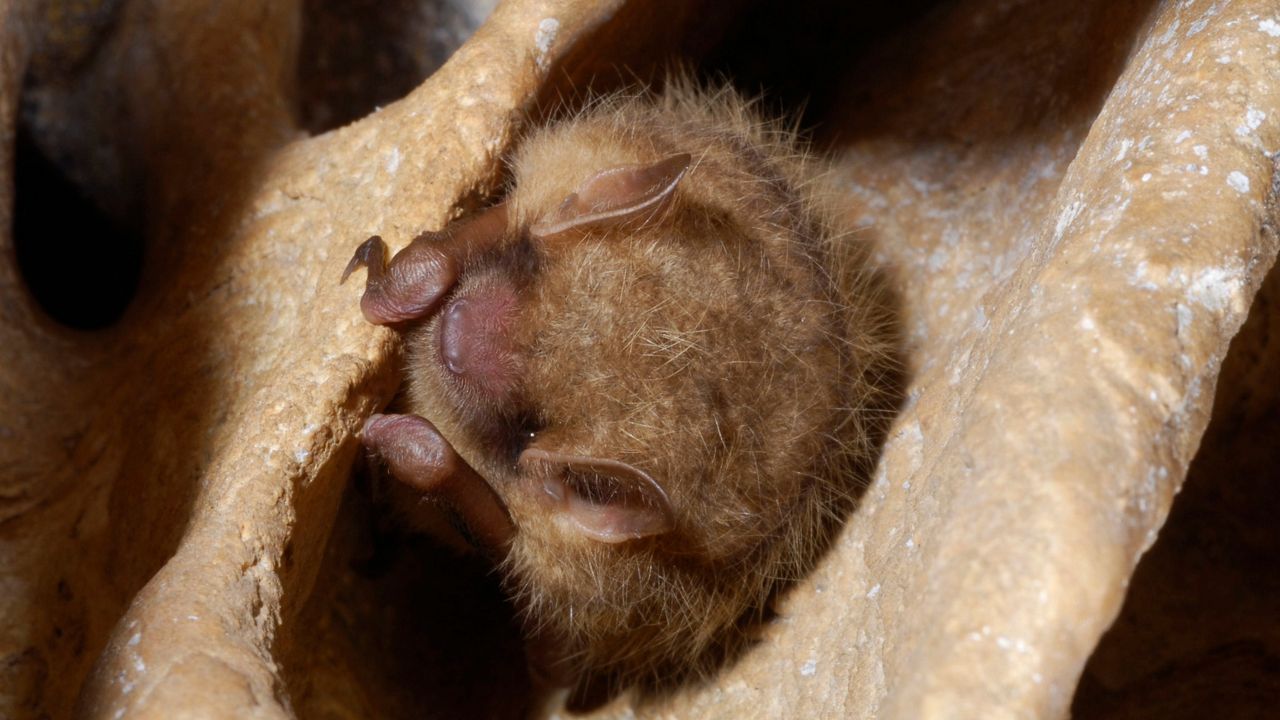As bat populations have declined with the fungal disease white nose syndrome, experts have offered advice to encourage nature’s pest killers to visit their farms.
“The biggest thing I think you can do to be attracting more natural enemy insects and pollinators to a farm is to plant a lot of flowers that produce pollen and nectar,” said Amara Dunn-Silver, a biocontrol specialist with the New York State Integrated Pest Management program.
Natural predators, or things they produce to help reduce pest populations, are referred to as biological controls.
Many natural enemy insects consume pollen and nectar in addition to the pests so planting more flowers will help support them. Dunn-Silver encourages people to plant a diverse collection of plants.
“For example, parasitic wasps tend to be small so they would appreciate smaller and more open flowers,” she said.
Beetles and flies also like smaller flowers whereas bees who have long, and tubular mouth parts can access nectar in bigger flowers.
“Basically, instead of actively releasing natural enemies, you’re trying to conserve and protect the ones we have, which could apply to insects and could apply to bats as well,” Dunn-Silver said.
Jeremy Coleman, a U.S. Fish and Wildlife white nose coordinator, said attracting bats isn’t an exact science.
“You can put a roost box up, and it can go years before bats will find it, if ever,” Coleman said.
The best way to help support bats as a farmer is to be an organic farm or reduce pesticide usage as much as possible, said Kate Cleary, an environmental scientist at SUNY Potsdam whose research has largely focused on bats.
“Having a farm where you spray a lot of pesticides and then put up bat houses is not really helping the bats because they’re going to consume those contaminated insects and be affected by that,” she said.
However, she realizes the transition to being an organic farm is difficult.
“It’s not an easy choice, and it’s not an easy transition. It puts some people out of business just to try and do it, which is not fair to farmers, and we need to support them more in that transition,” Cleary said.
If a conventional farm wants to reduce their pesticide use, there are ways to do that too, such as using genetically modified corn resistant to certain pests and fungi.
Ultimately, there should be more funding options available to farmers, Cleary said.
“It’s hard to give farmers advice because they are really struggling in the United States, and I fully understand their challenges, and anything that cuts into their bottom line is a really hard move to make. I think the government needs to support farmers more in making those changes,” Cleary said.



